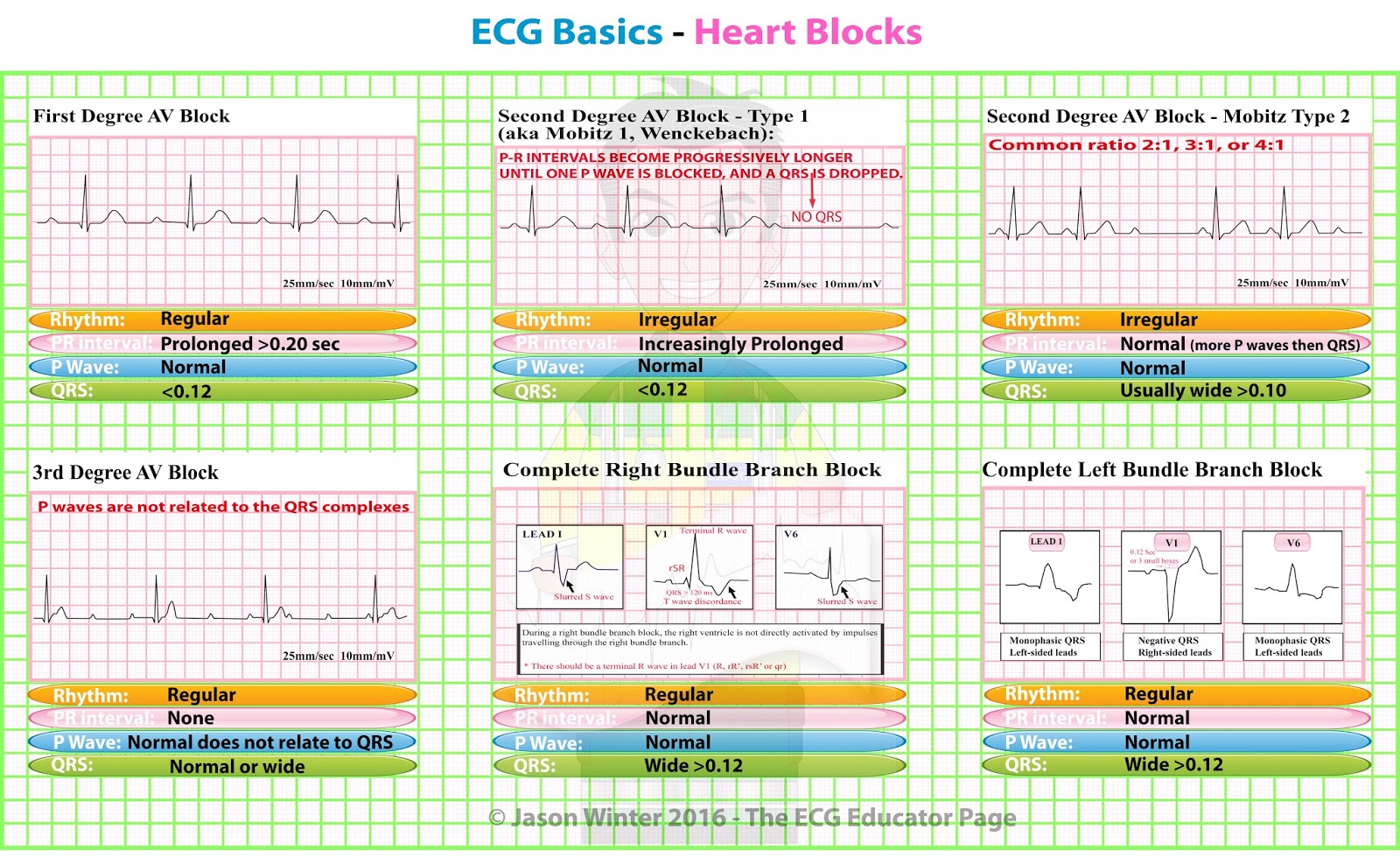

The Fetal Heart Program at Children’s Hospital can monitor baby and mother throughout the pregnancy and create a plan for labor and care after the birth. CHOP has its own delivery unit, on the same floor as cardiac operating rooms and cardiac patient care units. With fetal echocardiography, doctors may notice a difference between the rate at which the upper and the lower chambers are beating. Sometimes complete heart block is diagnosed prenatally. This can be congenital or acquired, and is often seen after surgery to close a defect in the septum (the wall of tissue) between the ventricles.
Bundle branch block: There is a flaw in the bundle branches, the pathways for the electrical impulse running along the right and left ventricles. In some cases, second-degree heart block will eventually progress to complete heart block. There are two types of second-degree heart block. Skipped heartbeats and a slower-than-normal heart rate may result. Second-degree heart block: In second-degree heart block, there is a delay in the electrical impulse reaching the ventricles.  First-degree heart block: In first-degree heart block, the electrical impulses move through the A-V node more slowly than usual. Causes of acquired complete heart block include: diseases, such as myocarditis, which scar and damage heart tissue heart surgery and certain medications. Acquired complete heart block: Sometimes complete heart block in children is acquired. In other cases, congenital heart block occurs because the mother has an autoimmune disorder, such as systemic lupus erythematosus. In some of these cases, the child also has a severe structural heart defect, such as heterotaxy or congenitally corrected transposition of the great arteries.
First-degree heart block: In first-degree heart block, the electrical impulses move through the A-V node more slowly than usual. Causes of acquired complete heart block include: diseases, such as myocarditis, which scar and damage heart tissue heart surgery and certain medications. Acquired complete heart block: Sometimes complete heart block in children is acquired. In other cases, congenital heart block occurs because the mother has an autoimmune disorder, such as systemic lupus erythematosus. In some of these cases, the child also has a severe structural heart defect, such as heterotaxy or congenitally corrected transposition of the great arteries.  Congenital complete A-V block: Sometimes children are born with complete heart block (this is called congenital complete A-V block). The ventricles are able to pump blood out to the body, but more slowly than normal. The only reason a person can survive is that another, weaker natural pacemaker takes over in the ventricles. In complete heart block, the electrical impulse never gets past the A-V node. Complete heart block: The most common type of heart block in children is complete heart block, also called third-degree heart block. There are several types of heart block, including: In most cases, heart block is caused by a problem with the A-V node. Heart block occurs when there is a delay in the conduction of the electrical impulse through the heart. At 3 to 4 millimeters, the sinus and A-V nodes are tiny, the size of a few grains of sugar. The A-V node is the only normal electrical connection between the atria and the ventricles. Then the impulse collects, or pauses, in the atrioventricular (A-V) node, located within muscle near the center of the heart, and travels down the ventricles.
Congenital complete A-V block: Sometimes children are born with complete heart block (this is called congenital complete A-V block). The ventricles are able to pump blood out to the body, but more slowly than normal. The only reason a person can survive is that another, weaker natural pacemaker takes over in the ventricles. In complete heart block, the electrical impulse never gets past the A-V node. Complete heart block: The most common type of heart block in children is complete heart block, also called third-degree heart block. There are several types of heart block, including: In most cases, heart block is caused by a problem with the A-V node. Heart block occurs when there is a delay in the conduction of the electrical impulse through the heart. At 3 to 4 millimeters, the sinus and A-V nodes are tiny, the size of a few grains of sugar. The A-V node is the only normal electrical connection between the atria and the ventricles. Then the impulse collects, or pauses, in the atrioventricular (A-V) node, located within muscle near the center of the heart, and travels down the ventricles. 
The impulse originates in the sinus (sinoatrial, or S-A) node, the heart’s natural pacemaker located within muscle at the top of the right upper atrium, and travels across both atria. The impulse travels through the upper and then lower chambers, causing the contraction and relaxation that results in pumping of blood. The heart also has a built-in electrical system that controls and coordinates its pumping function.Ī heartbeat is caused by an electrical impulse traveling through an intricate system of electrical pathways in the cells of the heart tissue. The heart has two upper receiving chambers, called atria, and two lower pumping chambers, called ventricles.








 0 kommentar(er)
0 kommentar(er)
